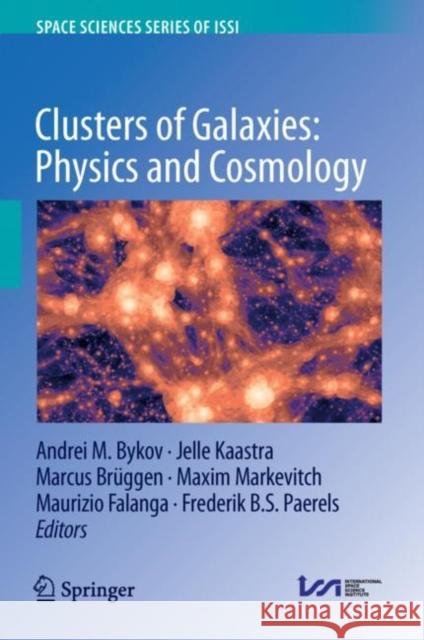Clusters of Galaxies: Physics and Cosmology » książka
topmenu
Clusters of Galaxies: Physics and Cosmology
ISBN-13: 9789402417364 / Angielski / Miękka / 2020 / 535 str.
Clusters of Galaxies: Physics and Cosmology
ISBN-13: 9789402417364 / Angielski / Miękka / 2020 / 535 str.
cena 803,21
(netto: 764,96 VAT: 5%)
Najniższa cena z 30 dni: 771,08
(netto: 764,96 VAT: 5%)
Najniższa cena z 30 dni: 771,08
Termin realizacji zamówienia:
ok. 22 dni roboczych.
ok. 22 dni roboczych.
Darmowa dostawa!
Kategorie BISAC:
Wydawca:
Springer
Seria wydawnicza:
Język:
Angielski
ISBN-13:
9789402417364
Rok wydania:
2020
Wydanie:
2020
Numer serii:
000908486
Ilość stron:
535
Oprawa:
Miękka
Wolumenów:
01











